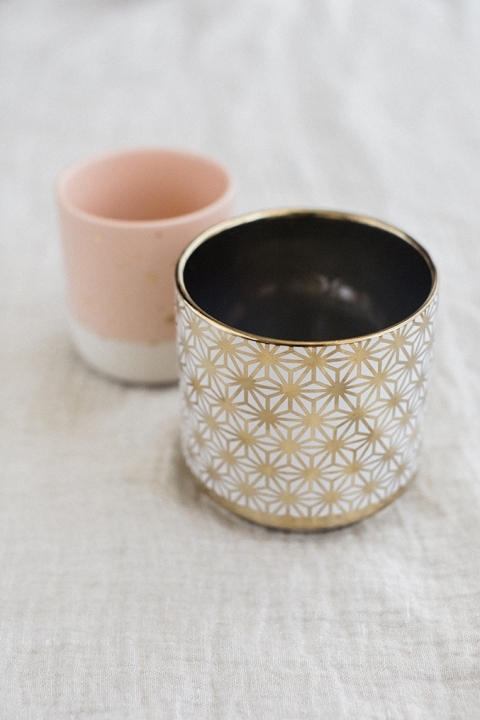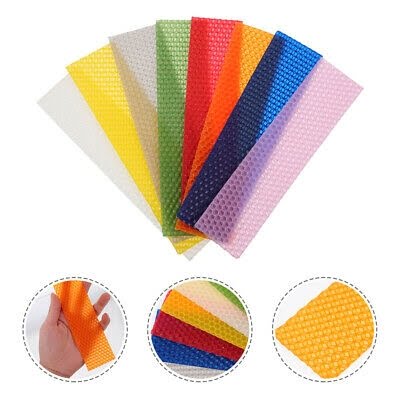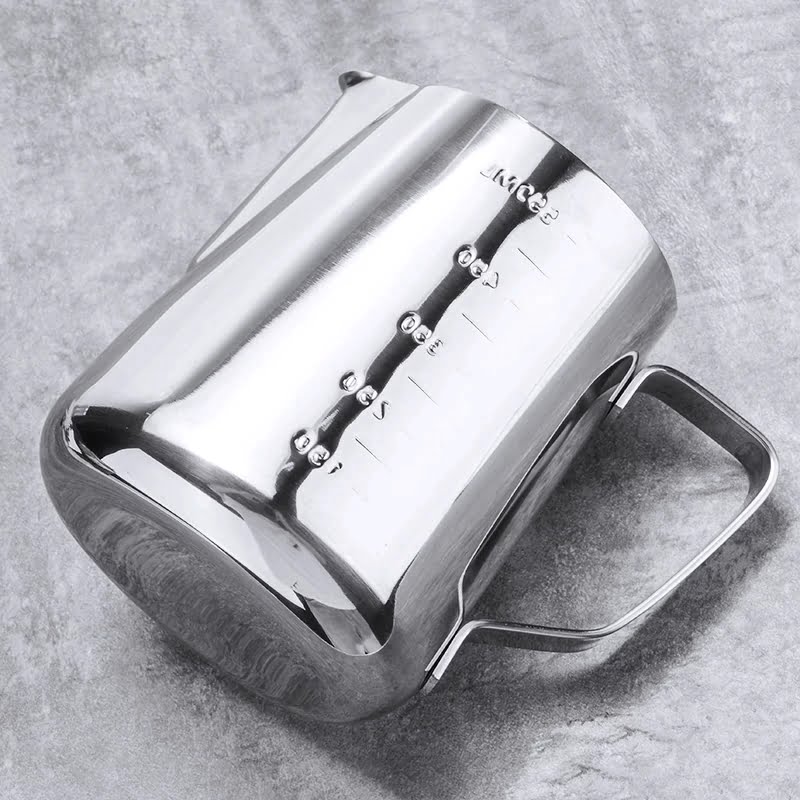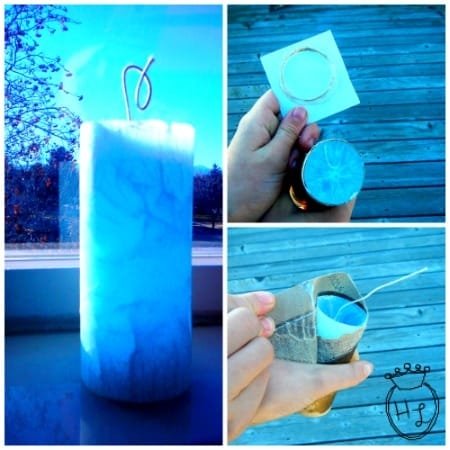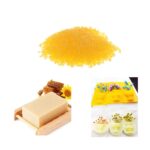Candle making in the Philippines has a rich history dating back to ancient times, where candles were primarily used for religious ceremonies and traditional rituals. Today, the art of candle making has evolved into a popular and creative hobby for many Filipinos.
Whether you’re a beginner looking to explore this craft or a seasoned candle maker, understanding different types of wax used for candle making is crucial. In the Philippines, sourcing high-quality wax for candle making, including local options, is essential to produce beautiful and long-lasting candles.
The process of creating candles involves melting wax and molding it into various shapes and sizes, allowing for endless possibilities in design. The choice of wax plays a significant role in determining the quality, burn time, and fragrance throw of the finished product.
From paraffin wax to soy wax and beeswax, each type offers unique characteristics that cater to different preferences and needs. Knowing where to find reliable sources of wax for candle making in the Philippines is vital for enthusiasts seeking to create their own homemade candles.
For those interested in delving into the world of candle making in the Philippines, this article provides valuable insights on the history of wax and candle making in the country, as well as an informative guide on different types of wax available for crafting candles. By embracing local resources and incorporating traditional techniques into modern practices, Filipino candle makers can truly showcase their creativity while promoting the cultural heritage of candle making in the Philippines.
History of Wax and Candle Making in the Philippines
The history of wax and candle making in the Philippines is deeply rooted in tradition and craftsmanship. Dating back to the Spanish colonial period, candles played a significant role in religious practices and cultural ceremonies. During this time, beeswax was commonly used to make candles due to its availability and purity. The art of candle making was passed down through generations, with each family developing its unique techniques and styles.
As the Philippines transitioned to a more modern society, the use of paraffin wax became more widespread due to its affordability and ease of production. This shift allowed for a broader range of candle styles and scents to be created, catering to different preferences and tastes. Despite the introduction of new materials, traditional methods of candle making are still practiced in local communities, preserving the rich history and heritage associated with this craft.
Today, the Philippines boasts a vibrant candle making industry that continues to thrive both locally and internationally. Artisans across the country utilize a variety of waxes such as soy wax, palm wax, and coconut wax to create unique and high-quality candles.
With an increasing demand for environmentally-friendly products, many makers are turning towards natural waxes sourced directly from local farmers and suppliers. The use of local wax for candle making in the Philippines not only supports sustainable practices but also celebrates Filipino culture and craftsmanship on a global scale.
| Wax Type | Description |
|---|---|
| Beeswax | Historically used during Spanish colonial period for religious practices. |
| Paraffin Wax | More modern choice due to affordability and accessibility. |
| Soy Wax | Increasingly popular for eco-friendly candles. |
Types of Wax Used in Candle Making in the Philippines
When it comes to candle making in the Philippines, there are several types of wax that are commonly used by artisans to create beautiful and aromatic candles. Each type of wax has its own unique characteristics that can affect the final product, so it’s important to understand the differences before deciding which one to use for your candles. Here are some of the most popular types of wax used in candle making in the Philippines:
- Paraffin Wax: Paraffin wax is one of the most common types of wax used in candle making due to its affordability and ease of use. It is a byproduct of petroleum refining and is known for its ability to hold fragrance well.
- Soy Wax: Soy wax is a natural and renewable alternative to paraffin wax that has gained popularity among environmentally conscious candle makers. It is made from soybean oil and burns cleaner than paraffin wax.
- Beeswax: Beeswax is a natural byproduct of honey production and has been used for centuries in candle making. It has a natural sweet scent and burns longer than other waxes, making it a popular choice for high-quality candles.
In addition to these popular types of wax, there are also specialty waxes like palm wax, coconut wax, and gel wax that offer different qualities for candle making. Some artisan candle makers in the Philippines even experiment with blending different types of waxes to achieve unique textures, scents, and burn times for their candles.
- Before purchasing your wax for candle making in the Philippines, consider factors such as fragrance retention, burn time, color retention, and sustainability.
- Experiment with different types of waxes and blends to find the best option for your specific candle-making needs.
- Remember that sourcing locally-made wax not only supports Filipino growers and producers but also ensures a fresher product with a smaller carbon footprint compared to imported waxes.
Whether you prefer traditional paraffin candles or eco-friendly soy candles, choosing the right type of wax for your candle making project will make all the difference in creating beautiful and long-lasting candles that will delight customers or add warmth to your home. So don’t be afraid to get creative with your choices when it comes to sourcing high-quality wax for candle making Philippines.
Where to Source Wax for Candle Making in the Philippines
One of the key aspects of candle making is sourcing high-quality wax, which serves as the foundation for creating beautiful and long-lasting candles. In the Philippines, there are several options available for those looking to purchase wax for their candle making endeavors. Here are some popular sources where you can find wax for candle making in the Philippines:
- Local Craft Stores: Many local craft stores in the Philippines offer a variety of waxes specifically designed for candle making. These stores often carry different types of wax, including paraffin wax, soy wax, and beeswax, giving candle makers a wide range of options to choose from.
- Online Marketplaces: With the rise of e-commerce platforms, purchasing wax for candle making online has become increasingly popular. Websites like Shopee and Lazada frequently have vendors selling different types of wax suitable for various candle making techniques.
- Specialty Candle Making Shops: There are specialty shops dedicated solely to providing supplies for candle making in the Philippines. These shops often offer a wider selection of waxes and additional accessories needed for crafting candles.
When choosing where to source your wax for candle making in the Philippines, it’s important to consider factors such as quality, price, and reliability. By exploring different avenues for purchasing wax, you can ensure that you have access to high-quality materials that will enhance your candle making experience and result in exceptional finished products.
Step-by-Step Guide on How to Make Candles With Wax in the Philippines
Candle making is a popular craft in the Philippines, with many enthusiasts creating their unique and beautiful candles using various types of wax. If you are interested in trying your hand at making candles with wax for candle making in the Philippines, here is a step-by-step guide to help you get started.
Gather Your Materials
The first step in making candles with wax is to gather all the necessary materials. You will need wax, wicks, fragrance oils (optional), dyes (optional), a pouring pot, a thermometer, a stirring utensil, and containers to pour the melted wax into. When sourcing for wax for candle making in the Philippines, consider the type of candle you want to make as different waxes have unique qualities and melting points.
Melt the Wax
Next, you will need to melt the wax. Use a double boiler or a dedicated wax melting pot to heat the wax gently until it reaches the desired temperature according to the specific type of wax you are using. It is crucial to monitor the temperature closely to avoid overheating or burning the wax. Stir occasionally to ensure even melting.
Pouring and Setting
Once your wax has reached the correct temperature and consistency, it’s time to pour it into your chosen containers. Place the wick in the center of each container before pouring the melted wax slowly and carefully. Allow the candles to cool and set for several hours or overnight before trimming the wick and enjoying your handmade candles. By following these simple steps, you can create beautiful candles using locally sourced wax for candle making in the Philippines.
Popular Candle Making Techniques in the Philippines
Candle making has been a popular craft in the Philippines for centuries, with traditional techniques being passed down from generation to generation. In recent years, there has been a resurgence of interest in this art form, with many people rediscovering the joy of creating their own unique candles. The Philippines is known for its rich cultural heritage, and this is reflected in the various candle making techniques that have been developed over the years.
Traditional Hand-Dipping
One of the oldest and most traditional candle making techniques in the Philippines is hand-dipping. This method involves repeatedly dipping a wick into melted wax to build up layers and create a candle.
This process requires patience and skill, as each layer must be allowed to cool and harden before dipping again. Hand-dipped candles are known for their rustic charm and unique texture, making them a popular choice for those looking to add a touch of tradition to their home decor.
Molded Candles
Molded candles are another popular technique used in candle making in the Philippines. This method involves pouring melted wax into molds of various shapes and sizes to create candles with intricate designs. From simple pillar candles to elaborate figurines, molded candles offer endless possibilities for creativity. Many candle makers in the Philippines use locally-made molds inspired by traditional Filipino motifs, giving their creations a distinctively local flair.
Scented Candles
Scented candles have also gained popularity in the Philippines, with many candle makers experimenting with fragrances inspired by local flora and fauna. By adding essential oils or fragrance oils to melted wax, candle makers can create candles that not only provide ambiance but also evoke memories of tropical paradise.
Scented candles are perfect for relaxation and self-care rituals, making them a favorite among Filipinos looking to unwind after a long day. When sourcing wax for candle making in the Philippines, it is essential to choose high-quality options that can hold fragrance well and provide long-lasting scent throw.
Tips for Choosing the Right Wax for Candle Making in the Philippines
Candle making has been a beloved craft in the Philippines for centuries, with artisans creating beautiful and aromatic candles for various purposes. One of the key factors to consider when embarking on candle making is choosing the right wax for your creations. In the Philippines, there are several options available for wax that cater to different preferences and needs.
One popular choice for candle making in the Philippines is soy wax. Derived from soybean oil, this type of wax is biodegradable, renewable, and environmentally friendly. Soy wax also burns cleanly and slowly, allowing for a longer-lasting candle with a consistent fragrance throw. Additionally, soy wax is easy to work with and can hold a high fragrance load, making it ideal for scented candles.
Another common option for candle making in the Philippines is paraffin wax. This type of wax is widely used due to its affordability and ability to hold color and fragrance well. Paraffin wax is known for its excellent scent throw and bright flame, making it a popular choice for both beginners and experienced candle makers alike. However, it’s essential to note that paraffin wax is derived from petroleum, so some may prefer more natural alternatives like soy or beeswax.
| Types of Wax | Main Features |
|---|---|
| Soy Wax | Biodegradable, renewable, clean burn, high fragrance load |
| Paraffin Wax | Affordable, good scent throw, bright flame |
When selecting the right wax for your candle making endeavors in the Philippines, consider factors such as your desired candle characteristics (scented or unscented), budget constraints, environmental impact preferences, and overall crafting experience level. By choosing the appropriate wax tailored to your needs and goals, you can create stunning candles that bring joy and ambiance to any space while embracing the rich tradition of candle making in the Philippines.
Benefits of Using Local Wax for Candle Making in the Philippines
Using local wax for candle making in the Philippines offers a variety of benefits that both crafters and consumers can appreciate. One of the main advantages of using locally sourced wax is the opportunity to support local farmers and artisans. By purchasing wax from local suppliers, candle makers in the Philippines are able to contribute to the growth of small-scale businesses within their own communities.
Another benefit of using local wax for candle making is the assurance of quality and authenticity. When purchasing wax from local sources, crafters can have more control over the production process and ensure that they are using pure and natural ingredients. This can result in candles that burn cleaner, last longer, and emit a more authentic fragrance compared to mass-produced alternatives.
Furthermore, using locally sourced wax for candle making in the Philippines promotes sustainability and reduces environmental impact. By supporting local farmers who practice sustainable harvesting methods, candle makers can contribute to preserving natural resources while also minimizing their carbon footprint. Additionally, using locally sourced wax reduces the need for long-distance transportation, further reducing emissions and supporting eco-friendly practices within the crafting industry.
Conclusion
In conclusion, the art of candle making in the Philippines is a rich and vibrant tradition that dates back centuries. The history of wax and candle making in the country showcases the creativity and ingenuity of Filipino artisans. Various types of waxes are used in candle making, each with its unique characteristics and benefits. When sourcing wax for candle making in the Philippines, it is essential to consider factors such as quality, price, and sustainability.
Following a step-by-step guide on how to make candles with wax in the Philippines allows individuals to not only create beautiful candles but also to immerse themselves in a therapeutic and fulfilling activity. Popular candle-making techniques like container candles, pillar candles, and votive candles are widely practiced throughout the country. Additionally, tips on choosing the right wax for candle making can help enthusiasts achieve optimal results in their creations.
Moreover, embracing local wax for candle making in the Philippines not only supports local producers but also promotes sustainability and preserves traditional craftsmanship. By utilizing locally sourced materials, individuals can contribute to the growth of the candle-making culture in the Philippines while creating unique and environmentally friendly products. Overall, engaging in candle making not only provides a creative outlet but also fosters a deeper appreciation for Philippine craftsmanship and heritage.
Frequently Asked Questions
What Type of Wax Is Best for Candle Making?
The best type of wax for candle making largely depends on personal preference and the desired outcome of the candles. Some popular options include soy wax, beeswax, paraffin wax, and palm wax. Each type of wax has its own unique characteristics that can impact burning time, scent throw, and appearance of the candles.
Is Soy Wax Available in the Philippines?
Yes, soy wax is indeed available in the Philippines. It has gained popularity among candle makers due to its natural origins, clean burning properties, and ability to hold fragrance well. Soy wax is also known for producing a smooth and creamy finish on candles which appeals to many consumers.
Is Candle Making a Good Business in the Philippines?
Candle making can be a good business in the Philippines for those who are passionate about creating unique candles and willing to market them effectively. With the growing demand for handmade and scented products, there is a potential market for locally-made candles.
However, like any business, success will depend on factors such as quality, creativity, pricing strategy, and effective marketing techniques. It’s important to identify your target market and understand their preferences in order to thrive in the candle-making industry in the Philippines.

Welcome to my candle making blog! In this blog, I will be sharing my tips and tricks for making candles. I will also be sharing some of my favorite recipes.

